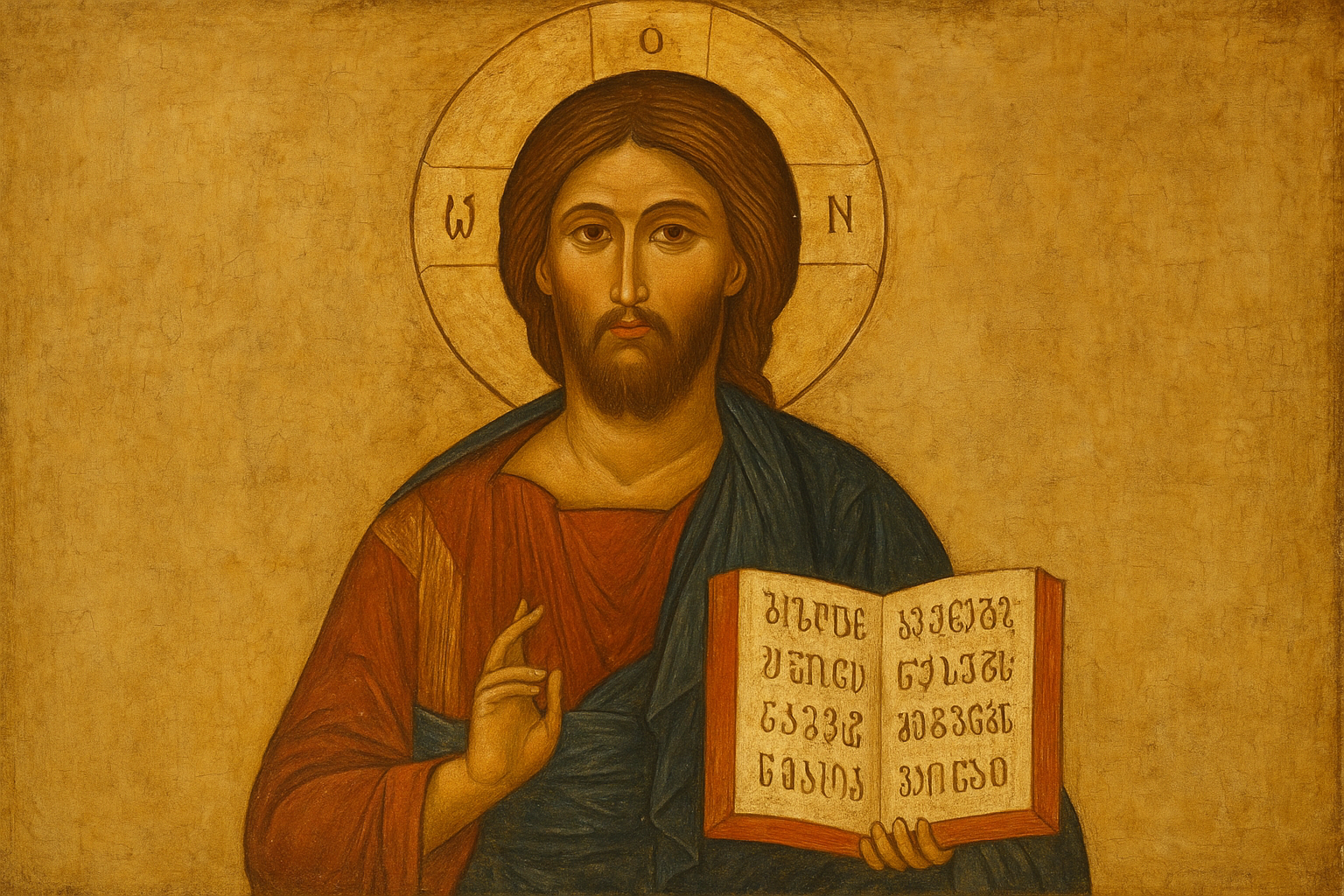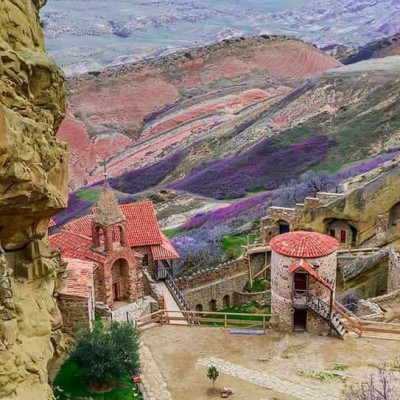
Georgian iconography, rooted in one of the world’s earliest Christian traditions, represents a distinctive voice within Orthodox art. While it shares foundations with Byzantine and Russian icons, Georgia developed its own style shaped by local culture, geography, and spirituality. Byzantine icons are known for solemn majesty and strict symbolism, with elongated figures reflecting divine transcendence. Russian icons, influenced by Byzantium but later enriched by local creativity, often emphasize mystical intensity, vibrant colors, and dramatic detail. Georgian icons differ by their warmth, simplicity, and balance. Faces of Christ, the Virgin, and saints are softer, rounder, and more compassionate, creating closeness rather than distance. Instead of crowded or elaborate scenes, Georgian works often focus on a single figure in calm dignity. Local landscapes and architectural motifs sometimes appear in the background, connecting faith with homeland. The influence of Georgia’s monastic tradition is also strong: icons from mountain monasteries radiate humility, serenity, and inner strength. Inscriptions in the unique Georgian script further highlight national identity. The color palette tends toward earthy and gentle tones, in contrast to the brighter hues of Russian works. Altogether, Georgian iconography blends Orthodox theology with local tradition, offering a harmonious, intimate, and accessible vision of holiness. It shows how a small nation, standing between East and West, transformed shared influences into a lasting and unique artistic language.






 Deutsch
Deutsch
 русский
русский
